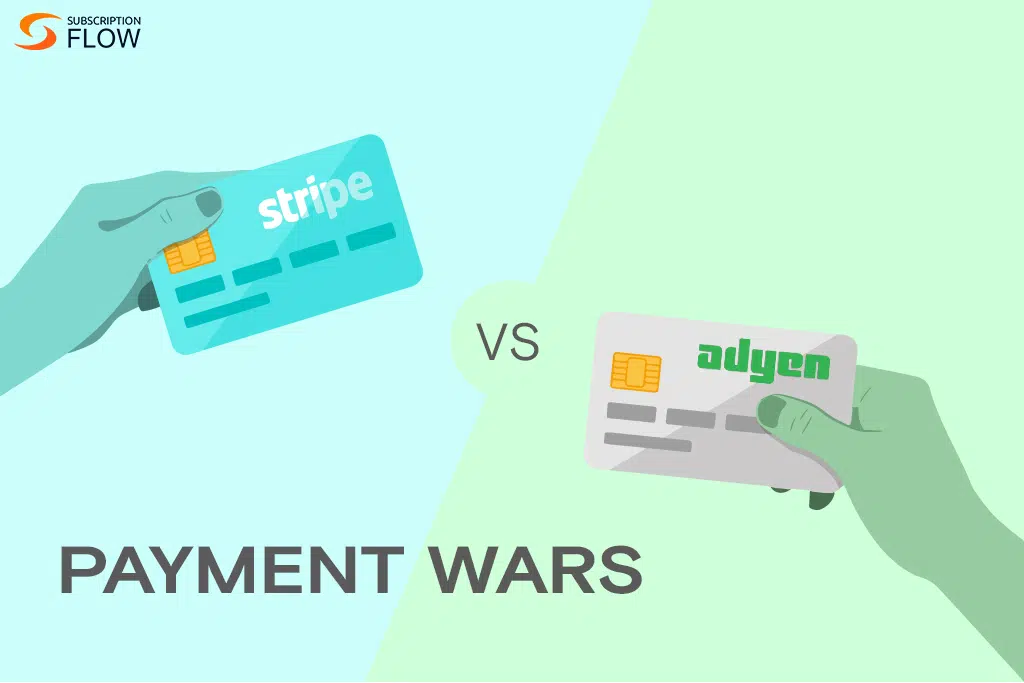
Charting the Best Membership Pricing Models for Your Business
Let us dig straight into the important question that this blog is concerns with: how is the cost of your subscription determined? You could base your price structure on what your rivals have to offer. Maybe you’re calculating your expenses and factoring in a small margin. You might be depending on your gut feeling.
Though they all these ways do not fully utilize the money generation options of a business, these strategies can still be fairly effective. Which is why the most successful pricing strategies are data-driven, prioritise the needs of the customer, cater to their usage and purchase patterns, and are not just created overnight.
In this blog, keeping this context in mind, we will be going over the most effective membership pricing models to help you decide which membership business pricing model is the right fit for you. We will do this by having a list of the best pricing strategies for membership models to help you identify the membership pricing models of your dreams.
What is a membership business pricing model?
Developing a plan for how much and how often you will charge your members for access to premium content, services, or community access that is provided on your membership site is known as a membership pricing strategy. A well-thought-out membership pricing plan can help your membership site become the industry leader in its niche, draw in new members, and create a consistent stream of recurring income.
It is essentially your pricing plan. It details the price and frequency at which you plan to charge your members. This tactic will increase revenue via your website’s customer base.
Read more: Navigating the World of CRM to Choose the Best for Your Membership
Best Pricing Strategies for Membership Models: A List
1. Prices for Lifetime Memberships: The most basic membership pricing model is this one. For a lifetime of membership, there is a one-time upfront payment. For both parties, this pricing structure is simple. Potential members who want to avoid making regular payments will find an all-inclusive pricing plan appealing.
You can use it wisely to provide early adopters with a respectably large discount. You can quickly get sign-ups with that. You must be well-aware of the customer lifetime value and the frequency of renewals for this model.
2. Fixed Monthly or Annual Subscription: One of the most popular pricing schemes used by membership sites is the fixed monthly or annual fee membership pricing. To gain access to your membership site and all of its advantages, members must pay a set fee each month or year. This model gives you a consistent income stream while automatically streamlining the pricing process for your members. However, some users might not want to commit to a long-term membership or might not even need or want to use all of the features offered by your membership site which is why it might not be the best model for all membership sites.
3. Differentiated Membership Fees: The value you provide in this model extends across multiple tiers. These tiers provide various feature and product combinations at various price points. This gives your offering more flexibility by better fitting the requirements of various clients. Generally speaking, there are three tiers or packages available on most websites, which are called basic, pro, and premium. Additional tiers are possible, but doing so might lead to a customer’s indecision.
4. No-cost: The freemium pricing model charges for access to premium content and other benefits, but provides a basic membership level with restricted content access for free. You can reach a larger audience and turn free users into paid members with the aid of this model. Nevertheless, in order to prevent losing out on possible income from free users who decide not to upgrade to a paid membership, you must carefully weigh the benefits of the premium and free features.
5. Usage-based Paying Model: In this model, you must pay to gain access to a community with courses, and once you do, say, your access will expire in a month. Your access expires at the end of the month if, for whatever reason, you were unable to finish all the courses. Your payment and unused benefits have now been forfeited. The question of whether or not this is fair now arises. This model, however, ends that discussion. The way this model functions makes it possible to implement an activity-based management plan. This enables businesses to run more economically. This model is predicated on members’ goodwill and encourages them to pay a reasonable fee in exchange for the benefits they receive.
Read more: Unlocking Small Business Potential: The Impact of Membership Management Software
The bottom line
With all things said and done, now let us go over some of the basics that have been covered in the blog so far. Firstly, the cost of memberships is important when selecting a platform for subscription management. They decide how much you charge, how you keep customers, and how you increase your income. And because it gives you excellent options for membership pricing models, SubscriptionFlow is a great tool to achieve just that.
Your business needs and objectives will determine which of the four models—flat-rate, tiered, per-unit, or hybrid—you should use. You can easily create and manage your plans, discounts, coupons, trials, and billing cycles with SubscriptionFlow.
Book a demo with SubscriptionFlow now to implement the most robust membership pricing model for your business!









